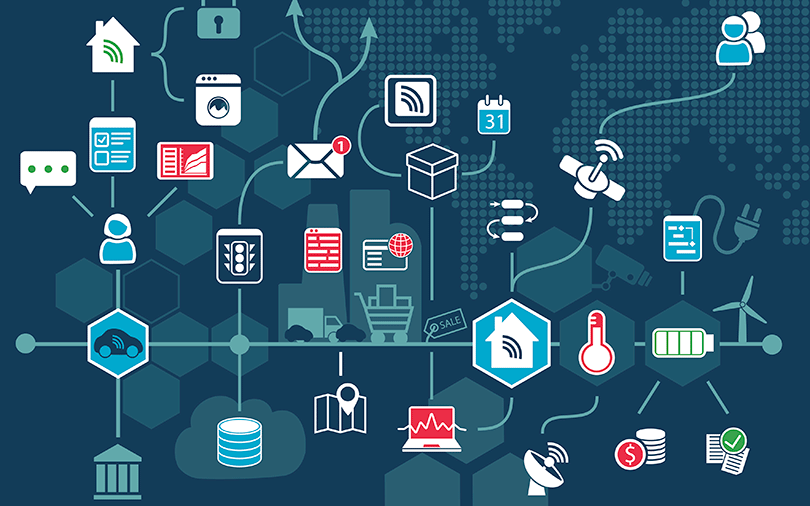
Industrial IoT to give $154-mn boost to firms' revenues: Study


In the next five years, industrial Internet of Things (IIoT) is expected to boost the revenues of organisations across the global supply chain by 10% to $154 million, a study by mobile satellite communications firm Inmarsat found.
This will contribute significantly to the global economy by 2023, the study stated.
With IIoT, organisations will witness increased automation and operational efficiency thanks to real-time data and machine-to-machine communication. However, successfully deploying IIoT will depend on access to reliable and resilient connectivity, especially on remote areas and at sea, the Inmarsat study said in a media statement.

Titled 'IIoT on Land and at Sea', the 2018 edition of Inmarsat's study on IIoT trends surveyed 750 businesses globally with a combined turnover of $1.16 trillion. The surveyed firms were from varied industries including agriculture, energy, maritime, mining and transport sectors.
“IIoT is emerging as a major force in the modern enterprise and it’s clear that businesses are prioritising satellite technology to transform their operations and achieve competitive advantage. Data generated by IIoT infrastructure is expected particularly to bring greater transparency to the global supply chain, allowing businesses to automate processes, reduce operational waste and speed up rate of production, leading to higher revenues and lower costs,” said Paul Gudonis, president, Inmarsat Enterprise, in the statement.
He added that many businesses struggle with security, skills and connectivity when deploying IIoT on a large scale. Over half, or 56%, of businesses require additional cybersecurity skills and 34% do not have access to the connectivity they need.
Another study in April by US-based Zion Market Research stated that the growth of IIoT will reduce manufacturing costs. It also said that global IIoT market will be valued at $232.15 billion by 2023, up from $145.81 billion in 2017.

Between 2018 and 2023, the sector will grow at a compunded annual growth rate of 8.06%.
The study also found that the Asia-Pacific region will see the highest CAGR, mainly due to widespread industrialisation in China, Japan and India.
